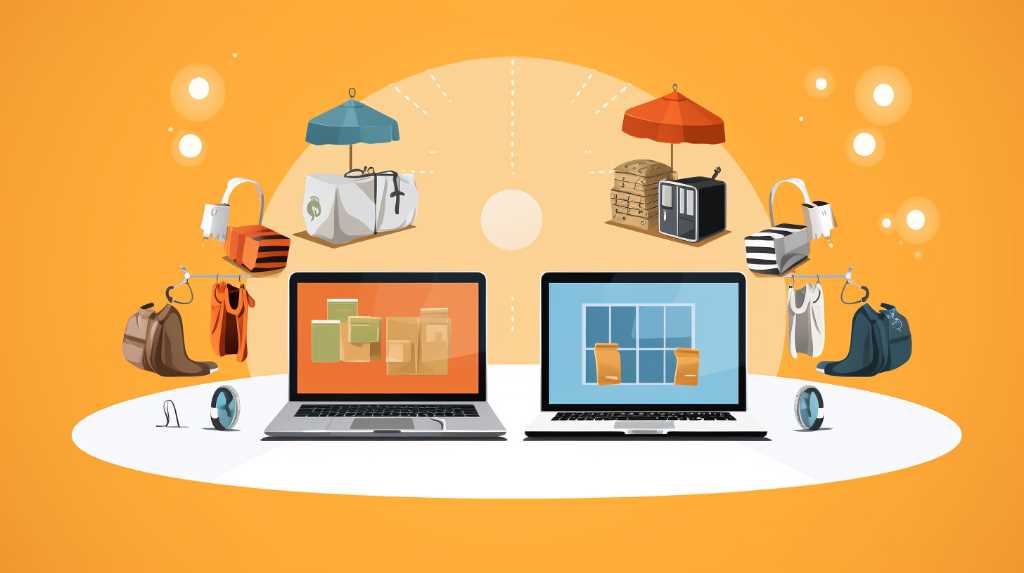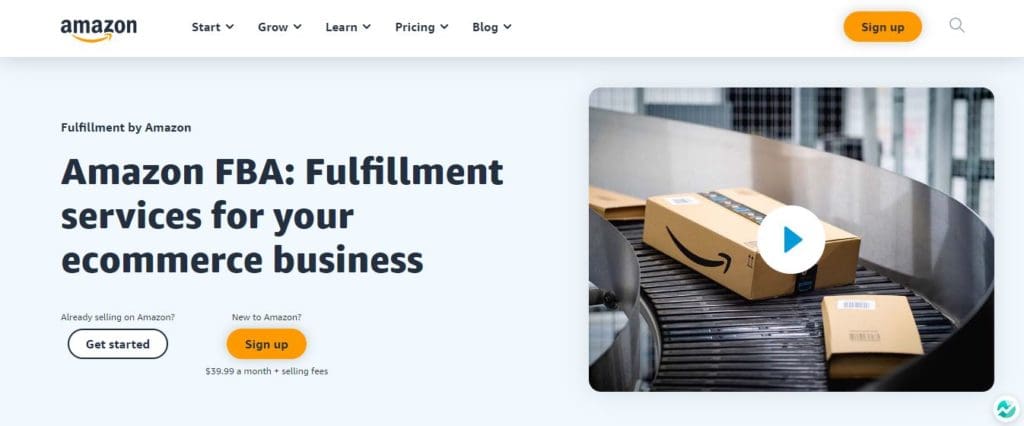Business
Amazon FBA vs. Dropshipping: Which E-Commerce Model Is Right for You?


In the ever-evolving e-commerce landscape, two popular business models have emerged as dominant players: Amazon FBA (Fulfillment by Amazon) and Dropshipping. Both of these models offer entrepreneurs opportunities to enter the lucrative world of online retail without the traditional hassles of maintaining physical inventory.
Amazon FBA: The Benefits and Drawbacks
Amazon FBA, or Fulfillment by Amazon, allows sellers to store their products in Amazon’s fulfillment centers. When a customer places an order, Amazon handles picking, packing, shipping, and even customer service and returns for the seller. Some advantages of using Amazon FBA include:
- Access to Amazon Prime, which can significantly boost sales
- Enhanced credibility with consumers due to Amazon's reputation
- Access to Amazon's vast customer base
- Avoidance of storage, packaging, shipping, and returns logistics
- Global reach without significant logistical challenges
However, there are some drawbacks to consider:
- Fees incurred for using Amazon's fulfillment services
- Highly competitive marketplace
- Less control over storage and shipping, leading to inventory issues
Dropshipping: The Advantages and Challenges
Dropshipping is a business model where you sell products to customers without physically holding inventory. Instead, you purchase products from suppliers only when you make a sale. Key aspects of dropshipping include:
- Minimal upfront investment
- More control over product selection
- Location-independent lifestyle
- Offering a wide range of products from different suppliers
- Potentially higher profit margins on individual sales
However, dropshipping also faces challenges:
- Reliance on suppliers' reliability and product quality
- Less control over the fulfillment process
- Building brand presence and credibility
Comparing Amazon FBA and Dropshipping
In comparing the two models, several factors come into play:
- Flexibility and upfront costs favor dropshipping
- Higher profit margins on individual sales are possible with dropshipping
- No prior experience is required for either model
- Managing both models can be complex
- Both models have associated costs
Ultimately, your choice depends on factors such as financial resources, goals, and risk tolerance. Opt for Amazon FBA if you have a substantial inventory investment, seek access to Amazon's customer base, and are prepared for intense competition. Alternatively, choose dropshipping for minimal upfront costs, flexibility in product selection, and building your brand.


Remember, success in the ever-changing e-commerce landscape depends on factors like marketing, customer service, and product choice, regardless of which model you choose.
Did you miss our previous article…
https://dailymetronews.com/how-wood-lathes-can-revolutionize-your-woodworking-business/


Hello! I’m the social media marketing manager at DailyMetroNews.com, where I merge my love for journalism with the digital landscape. My academic journey in journalism began at Ohio State, and it’s been an exciting ride ever since.
Outside of work, you’ll find me cycling through beautiful trails, embracing the calm of yoga, or crafting playful poetry online. I’m also a travel enthusiast who cherishes family time, especially with my not-so-conventional Golden Retriever, Greta.
I’m passionate about connecting people through stories and bringing relevant news with a personal touch. If you’re into insightful storytelling or curious about the world, I invite you to follow my journey.
For a mix of news, life musings, and a glimpse of my quirky poetry, follow me on Instagram. Let’s connect and share in this adventure together!









